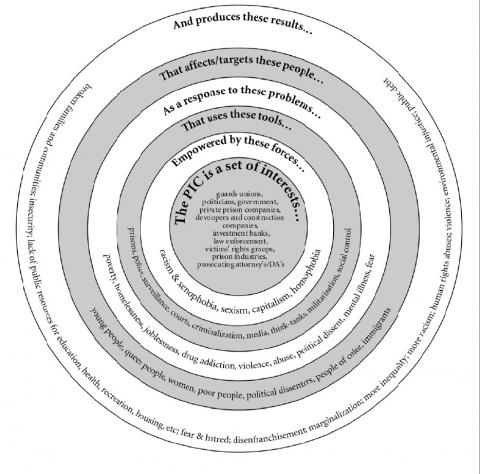On the heels of swearing in Jeff Sessions as Attorney General, Trump signed three executive orders that bolster, back, and expand the authority of law enforcement and policing in the U.S. Trump’s three executive orders are “fully and totally” supported by the Fraternal Order of Police, the largest police union in the country with more that 330,000 cops in its membership, clearly demonstrating whose interests are being served. Trump and Sessions chose to use lies about the “threats of rising crime,” in order to claim that these latest executive orders are about protecting the “health and safety of America.” However, in September 2016, the FBI showed in its latest Crime in the United States report that crime rates overall remain at historic lows and that violent crime in particular is 16.5% lower than a decade ago. And, even then, we know policing is not a solution to what they call crime, nor does it ever increase healthy and safety.
Under the liberal rule of Obama, we faced a status quo that endorsed reforms that reinforced policing and did not reduce it. Now, under Trump, we instead have to fight a policing that is growing and bolstered with overt law and order enthusiasm. These executive orders will increase funding for programs that train and assist local police; increase resources for federal law enforcement agencies and federal prosecutors to further criminalize immigrants and those involved in street organizations all with the goal of putting more people behind bars. It is this same type of federal assistance to states that made possible the beginning of the growth and expansion of the Prison Industrial Complex in the mid-1960s to what we know it to be today. We hope that we can rely on the strong movements we have built and the lessons learned from the Stop the Injunctions campaign to NY’s efforts to delegitimize Stop and Frisk as we seek to curb this escalation in policing.
We know that these actions will impact our communities: materially, emotionally and socially. We remain resolute in our commitment to resistance. We look to you all, our comrades, allies and partners in struggles, to strengthen our way forward. As the enemy is attacking on many fronts, we must back each other and deepen our commitment to the struggle against policing and white supremacy.
- See CR’s “Origins of Policing” timeline, which we created for our Abolition of Policing workshop, linked here for an in-depth look at the roots and ideology of policing.
- Understand how Trump's Executive Orders are part of the Prison Industrial Complex (diagram and text below).
- Read up: Policing the Planet: Why the Policing Crisis Led to Black Lives Matter and more, here.
Increases in policing produces these results: insecurity; broken families and occupied communities; divestment of public resources for education, health, recreation, housing; disenfranchisement for communities targeted by policing and courts; fear and hatred; more inequality; more racism; more human rights abuses; more violence; public debt as the militarized state redoubles itself; and environmental injustice.
Download the Prison Industrial Complex Concentric Circles Diagram here. If you re-use it, please credit CR-Los Angeles.


Spread the word